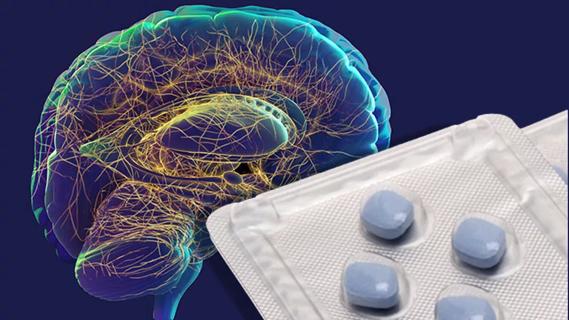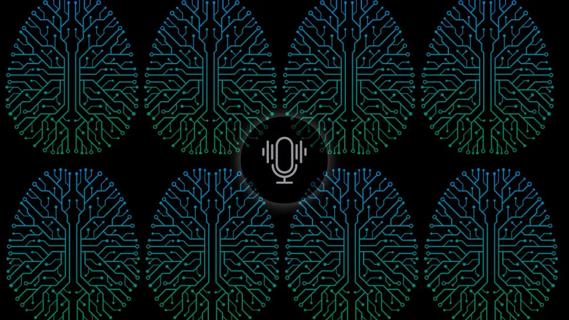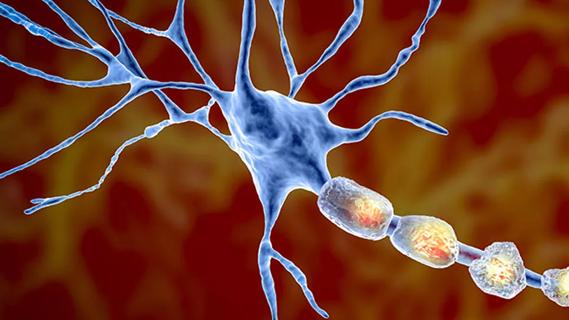Integrated care improves outcomes and reduces costs

A recent study that documented high healthcare costs for children with chronic medical conditions and co-occurring mental health or substance abuse disorders reinforces the importance of an integrated care approach for these patients, Cleveland Clinic Children’s pediatric specialists say.
Advertisement
Cleveland Clinic is a non-profit academic medical center. Advertising on our site helps support our mission. We do not endorse non-Cleveland Clinic products or services. Policy
The multicenter study reported in the journal Academic Pediatrics examined health care utilization and costs for children with co-occurring conditions. It found that children with coincident chronic illnesses and mental health/substance abuse disorders had annual healthcare payments 2.4 times those of children with chronic medical conditions alone. Their parents, who often have elevated rates of depression and anxiety, experienced healthcare costs 59 percent higher than did parents of children with only chronic medical conditions.
The estimated additional annual payments associated with co-occurring chronic medical conditions and mental health/substance abuse disorders were $8.8 billion.
“The findings are not surprising,” says Amy Lee, PhD, a pediatric psychologist at Cleveland Clinic Children’s Center for Pediatric Behavioral Health. “Most of us who work in pediatrics routinely experience the high needs of medically complex children and families. The study demonstrated this with a very large sample size, which makes the findings very robust and should drive our approach to providing population-based and early intervention-based care.”
Most studies of healthcare costs for children with complex co-occurring conditions have reviewed general samples or Medicaid-insured children. This study analyzed a large commercial claims database to obtain data on claims for medical and behavioral healthcare.
The 11 chronic medical conditions covered in the study ranged from asthma and diabetes to cancer and Crohn’s disease; they also included developmental disabilities such as autism spectrum and cerebral palsy. The mental health conditions included depression, anxiety disorders, eating disorders, bipolar disorders, post-traumatic stress disorder and substance use disorders.
Advertisement
“Anxiety, depression and PTSD are prevalent in children and adolescents with medical conditions,” says Ethan Benore, PhD, BCB, ABPP, Center Head for Cleveland Clinic Children’s Center for Pediatric Behavioral Health. “It is hard for children not to be able to participate in ordinary activities. They also worry about their symptoms worsening and not being able to meet personal or developmental goals.”
Of the study sample of 6.6 million participants aged 0 to 26 with healthcare claims, 535,000 (8.2 percent) had chronic medical conditions and 94,000 had chronic medical conditions with co-occurring mental health conditions.
Significantly, 16 percent of children and adolescents with a chronic medical condition also had a mental health condition, compared to eight percent of children and youth with no medical condition. Healthcare costs in children and youths with co-occurring conditions were 8.4 times higher than children and youths with no chronic conditions and 2.4 times higher than those with only a chronic medical condition. Interestingly, the costs were due more to higher medical care and prescription costs than behavioral health services.
Of the study sample of 5.8 million parents, the parents of children with co-occurring conditions had 59 percent higher healthcare payments than did parents of children with no medical condition, and 43 percent higher payments than parents of children with a medical condition alone.
The study suggests a way to provide more cost-effective care to pediatric patients with co-occurring conditions: integrated care, a model well-established in pediatrics at Cleveland Clinic Children’s.
Advertisement
Mental health professionals are integral members of primary care and specialty care teams, and some focus on specific diseases, such as cancer and Crohn’s disease. “Our responsibility to families is to have an integrated care system that can appropriately screen children with medical conditions and connect them with the mental health care they need,” says Dr. Benore.
Early intervention to address mental health conditions can reduce the need for medical care. Anxiety can often exacerbate physical symptoms and lead to increased medical testing and intervention. For example, patients with migraine headaches are more prone to stress-related headaches. “Therapists teach patients strategies for managing emotional stress so they aren’t triggered into a stress-related headache cycle,” says Dr. Lee.
Integrated care includes working with parents to help them change behaviors and habits that negatively affect the child and develop and model beneficial coping strategies.
In a study of the interdisciplinary Cleveland Clinic Pediatric Pain Rehabilitation Program, Dr. Benore and colleagues reported that when medical and mental health teams work together, they can reduce overall healthcare costs as well as improve health outcomes.
Cleveland Clinic is constantly looking to improve its delivery of pediatric integrated care. Currently, clinicians are testing new primary care models that would further streamline care and will be looking at outcomes to demonstrate their value.
Advertisement
Advertisement

Testing options and therapies are expanding for this poorly understood sleep disorder

Real-world claims data and tissue culture studies set the stage for randomized clinical testing

Digital subtraction angiography remains central to assessment of ‘benign’ PMSAH

Cleveland Clinic neuromuscular specialist shares insights on AI in his field and beyond

Findings challenge dogma that microglia are exclusively destructive regardless of location in brain

Neurology is especially well positioned for opportunities to enhance clinical care and medical training

New review distills insights from studies over the past decade

Guidance from an expert on distinguishing — and co-managing — the disorders